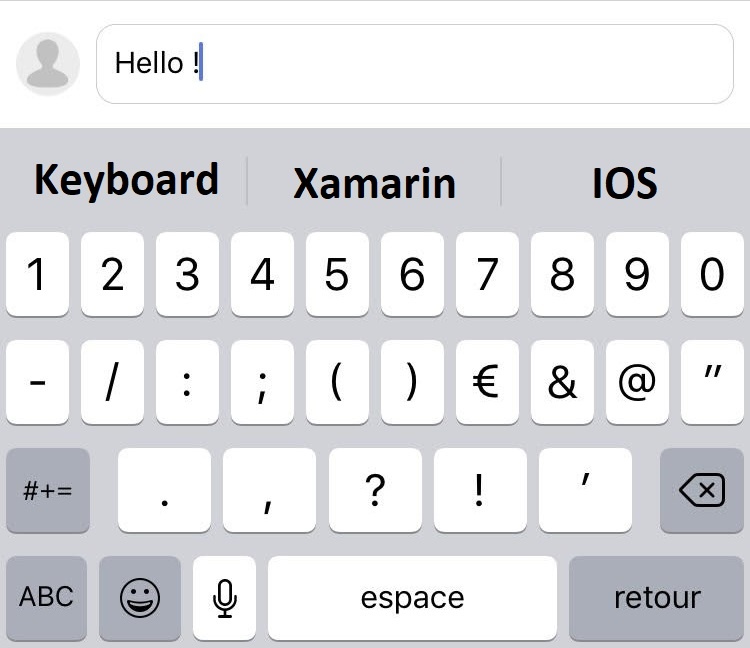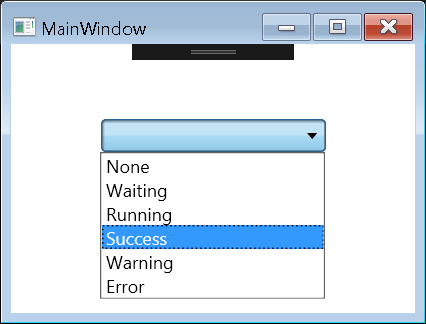What is the issue with images? The problem with images is that if you try to zoom in, the quality starts to be really bad (ugly pixels) without even talking about the size of it. The best way to display nice icons in your app or website is to use Font Icons. Like that you […]
Xamarin IOS – Youtube Video Embed fit in a UIWebView
Introduction Here is a simple example of a YouTube video embeded in an UIWebView. The design is very simple. A stack view inside the mainView. You can find just bellow the design in Xcode. By code, we will instantiate and add the UIWebView in the stack view. By the way, at the end it should […]
Xamarin IOS – Implement LazyLoading in your TableView
Introduction In this post you will see how to implement LazyLoading on your TableView. In my previous article, I explained how to manage the scrolling. It’s time to continue our journey with Xamarin IOS! What is LazyLoading ? The lazy loading is a design pattern. The idea is to load only what you need. The […]
Xamarin IOS – InputView taking into account the keyboard height
Hello Xamarin Girls and Boys. Today, you will be able to take into account the keyboard height in a few lines of code when it appears on the screen. For example, it is very useful if you want to implement a page of comment or a chat. View and constraint The InputView is located at […]
WPF – Enum Binding in a ComboBox – The Other Way
Hello Devz, In a previous post I was talking about the fact that there is no “out-of-the-box” solution to bind an Enum to a ComboBox. And I described the WPF way of doing it with the ObjectDataProvider defined in the XAML. Here is another way, more code oriented than XAML. This is the XAML part: […]
WPF – Enum Binding in a ComboBox – The Classic Way
Hello Devz, I had to write this post about how to do an Enum binding to a ComboBox, because everytime I need it, I’m surprised there is no “out-of-the-box” solution provided in WPF or Xamarin.Forms. <Window x:Class=”EnumBinding.MainWindow” xmlns=”http://schemas.microsoft.com/winfx/2006/xaml/presentation” xmlns:x=”http://schemas.microsoft.com/winfx/2006/xaml” xmlns:d=”http://schemas.microsoft.com/expression/blend/2008″ xmlns:mc=”http://schemas.openxmlformats.org/markup-compatibility/2006″ xmlns:local=”clr-namespace:EnumBinding” xmlns:sys=”clr-namespace:System;assembly=mscorlib” mc:Ignorable=”d” Title=”MainWindow” Height=”350″ Width=”525″> <Window.Resources> <ObjectDataProvider x:Key=”dataFromEnum” MethodName=”GetValues” ObjectType=”{x:Type sys:Enum}”> <ObjectDataProvider.MethodParameters> <x:Type TypeName=”local:StatusEnum”/> </ObjectDataProvider.MethodParameters> […]
C# – Coma and Dot decimal separator
Hi peeps, You probably know the common issue with the decimal seprator. Depending on the country, the keyboard or what your client wants (which can be variable…), the separator will be a coma or a dot (or even something else…). In my case, the Culture is “en-US“, on a Belgian keyboard where the decimal separator […]
Xamarin.Forms – Use built-in Dependency Injection (IoC)
Hello Devz, Xamarin.Forms have its own Dependency Injection implementation. Of course you can still use other ones like MvvmCross, Ninject and so on, but they will ask you a bit more configuration and changes in your code. The one from Xamarin.Forms works pretty well and is really simple to use. Here is a simple example. […]








